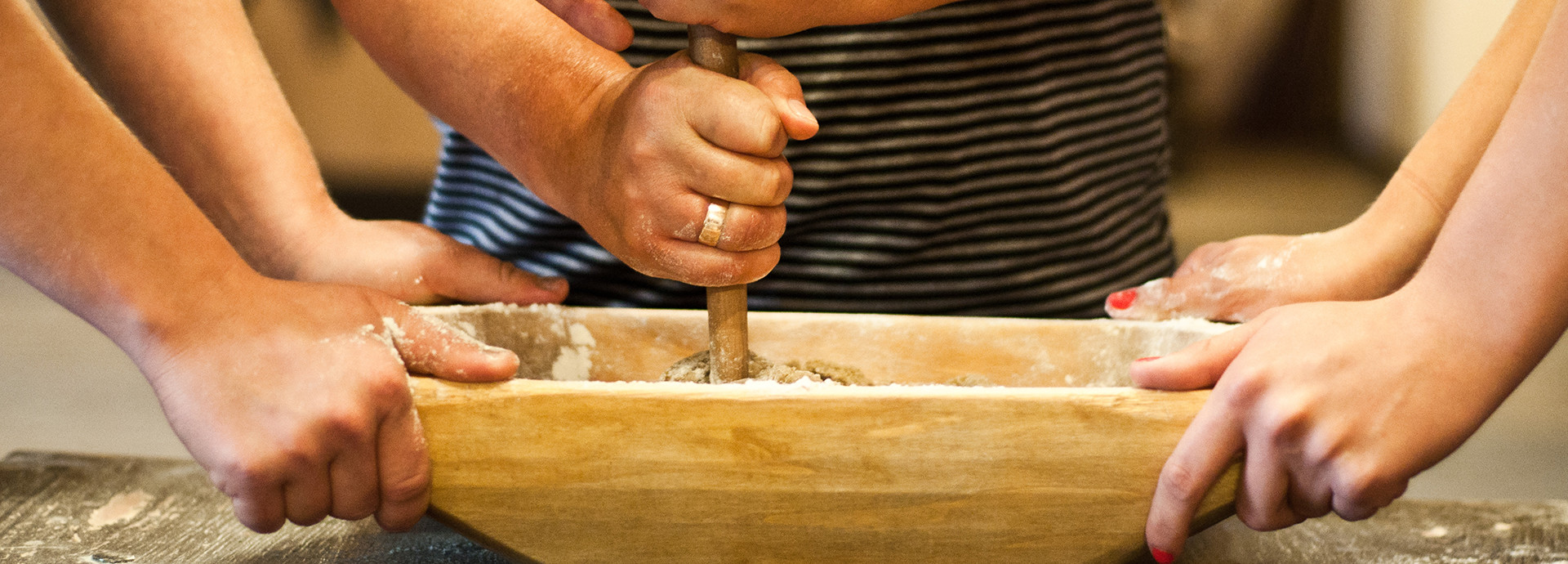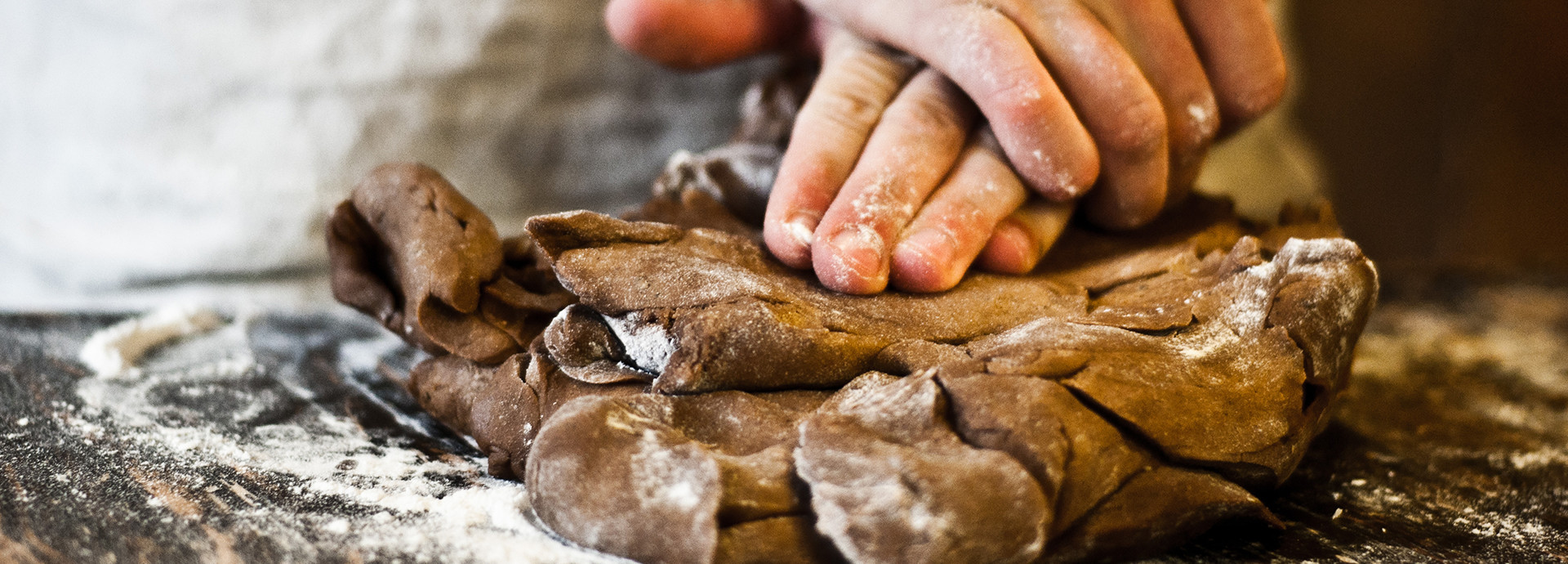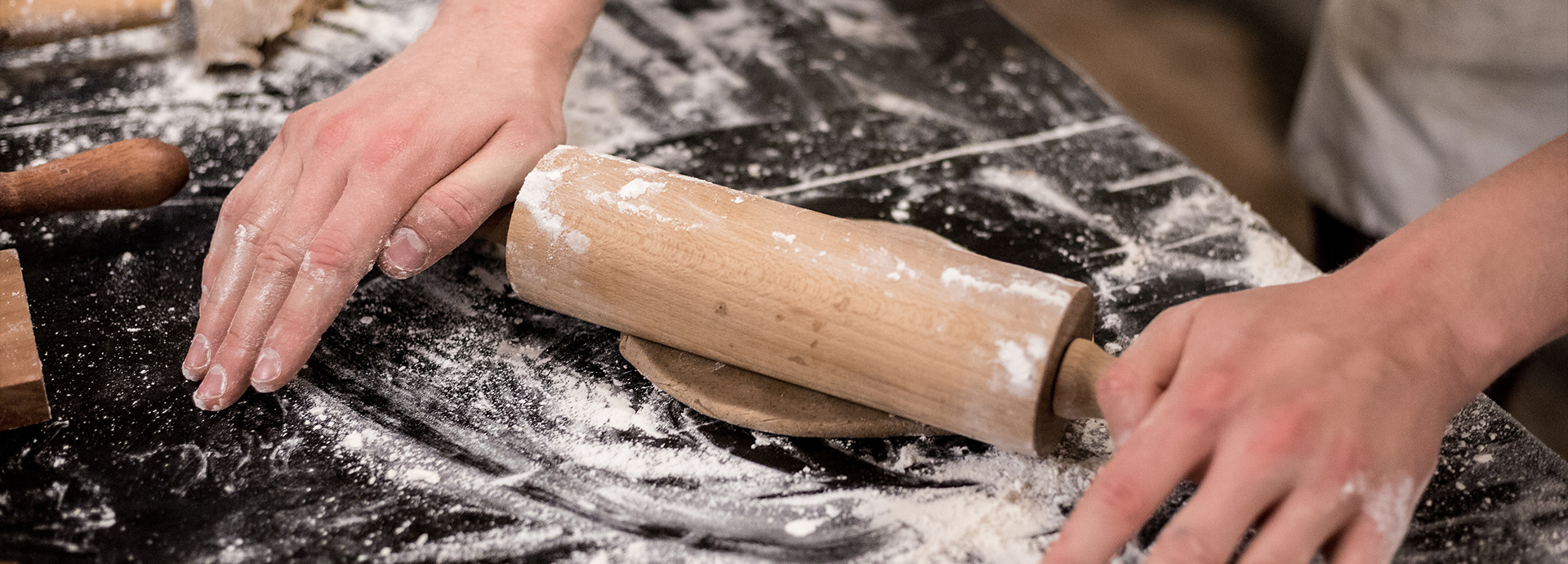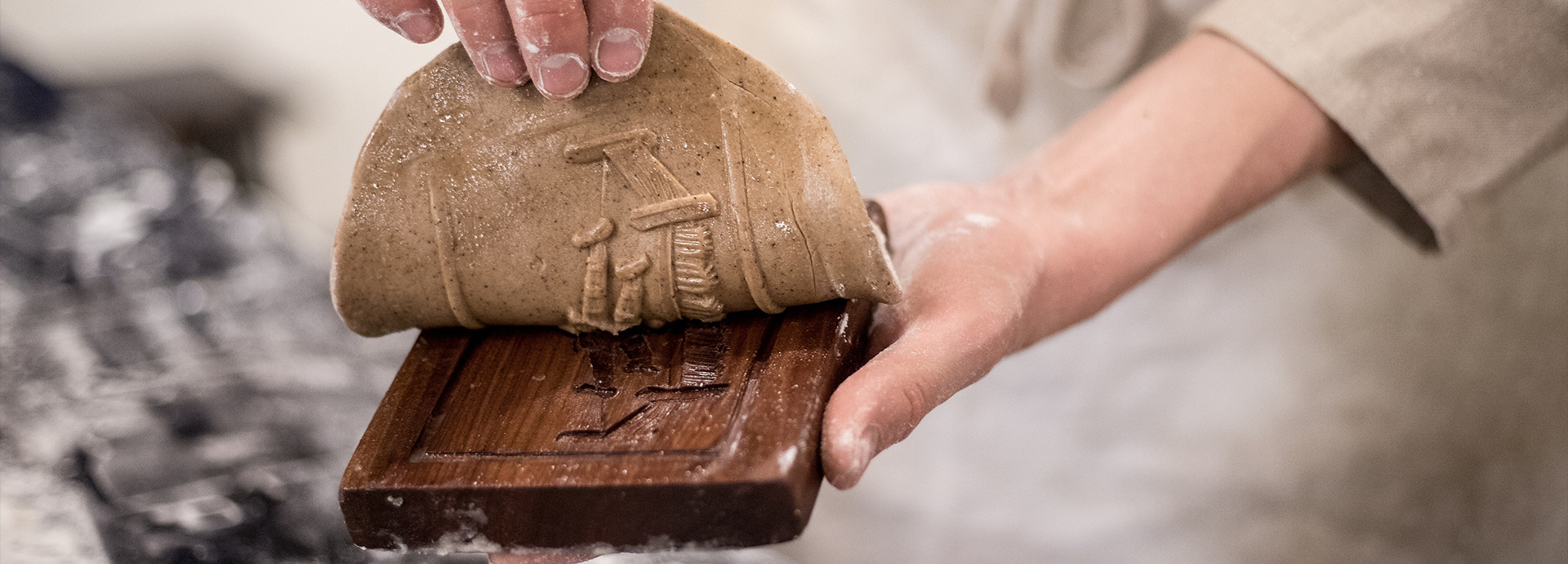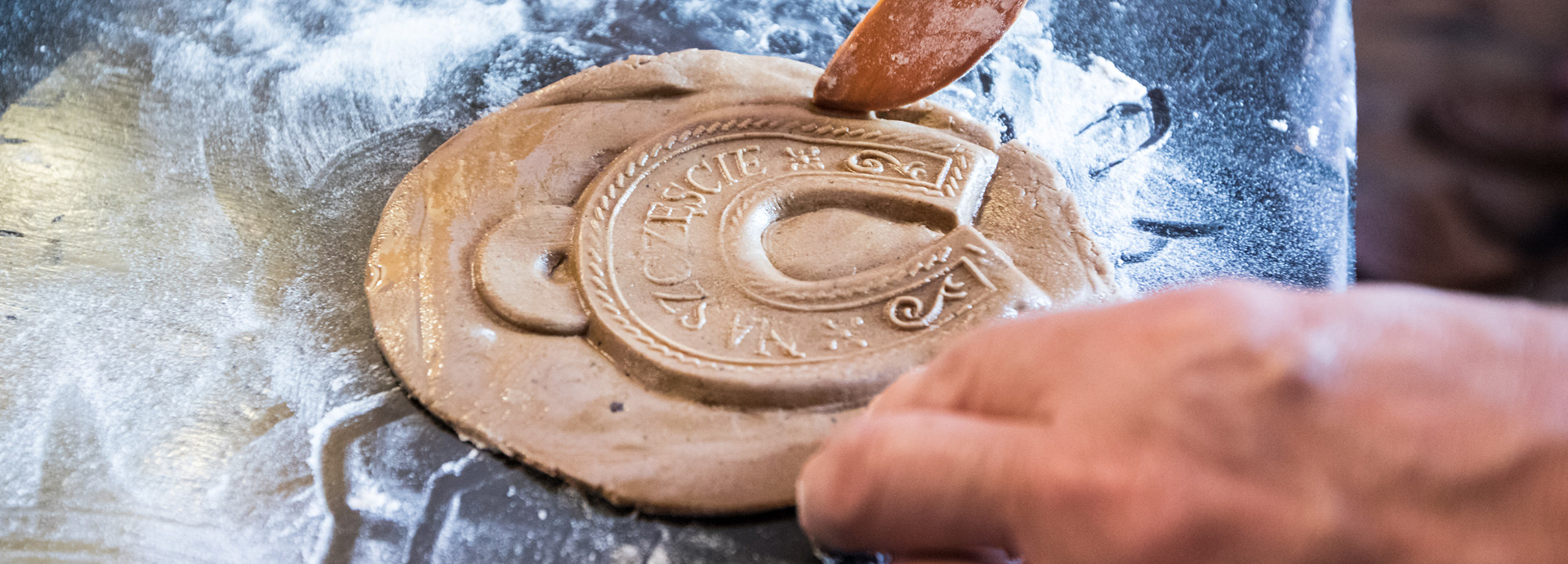Gingerbread proved to be a successful diplomatic tool. In 1696, gingerbread gifts managed to win favor with the Swedes concerning the city’s debts, and in 1778, Empress Catherine received as a gift from the people of Toruń a gingerbread measuring four cubits long and half a cubit thick, worth 300 thalers. It is certain that most of the twelve Polish kings who visited Toruń were also bestowed with gingerbread gifts.
While there are many cities in Europe that gained renown through gingerbread baking, such as Basel, Salzburg, Aachen, or Pardubice, the only significant competitor to Toruń in the race for gingerbread supremacy in Europe was Nuremberg. Each of these cities zealously guarded its recipes while making efforts to uncover the rival’s secret. Eventually, through an agreement in 1556, Toruń gained the right to bake “Nuremberg” gingerbreads, and Nuremberg officially started producing “Toruń” gingerbreads.
While we can’t directly compare the taste of 16th-century gingerbread with its contemporary counterpart, we can still observe how such figurative gingerbread looked, thanks to the preserved gingerbread molds. These wooden gingerbread molds continue to captivate with their diversity of forms and exquisite craftsmanship. They were created by either gingerbread masters or specialized woodcarvers. The patterns carved into the molds vary widely and can sometimes be incredibly intricate. Among the preserved molds, human images dominate, including Polish rulers such as King Sigismund III and Queen Constance, or King Władysław IV, fashionable ladies and gentlemen, soldiers, as well as allegorical and religious figures (primarily St. George and St. Nicholas). Somewhat less common were depictions of animals (most frequently: rooster, wild boar, deer, fish, stork) and symbols – among these, hearts, fruits, houses, and gloves held special significance as symbols of particular respect and friendship toward the recipient. The coat of arms of Toruń was also a recurring motif. The molds used during museum demonstrations incorporate all the most popular motifs found on historical gingerbread molds.
Among the shapes of gingerbreads, the “Katarzynka” (Catherine) undeniably occupies the first place in Toruń. Every year, starting from November 25th, which is the feast day of St. Catherine, until Christmas, this shape was baked massively in Copernicus’ city. The form of the “Katarzynka” intrigues, and even today, practically nothing is known about its origin. Legends speak of a beautiful Catherine, the daughter of a master baker, who filled in for her seriously ill father in the workshop.
An inexperienced gingerbread maker, unable to find intricate wooden molds, used a cup to cut out six little circles and arranged them on a baking sheet. The gingerbreads in the oven fused together, forming the shape we know today. Another legend tells of a journeyman named Bogumil, who was in love with the master’s daughter. He intricately cut a pattern from the dough, consisting of two hearts and two rings. He named the gingerbread “Katarzynka” in honor of the beautiful daughter of the master, whose heart he wanted to win.
The Living Museum of Gingerbread proudly continues the over 600-year-old tradition of baking Toruń gingerbreads. In addition to preserving and showcasing to our visitors the guild techniques of gingerbread baking, we recreate the old gingerbread recipes. After all, who can resist the spicy aroma and taste that encapsulate centuries of history? Come in great numbers to our museum and experience it for yourselves!
